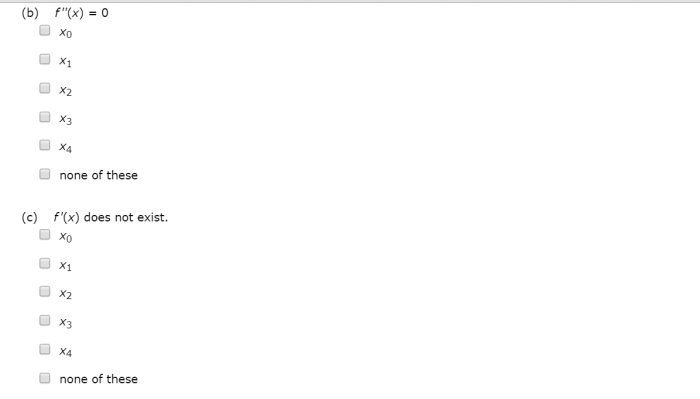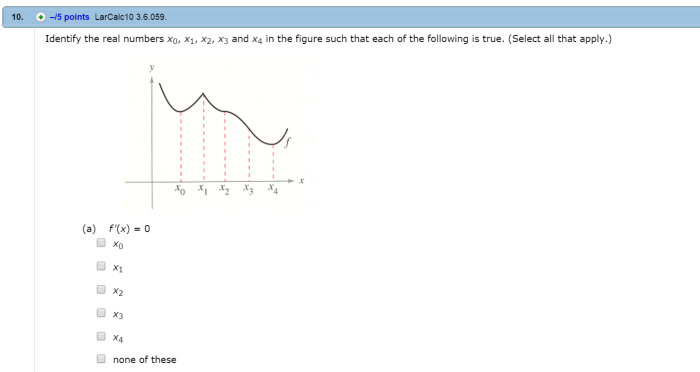Identify the solution set of 6 ln e eln 2x – At the heart of mathematical exploration lies the intriguing concept of logarithmic functions, and among them stands the enigmatic equation 6 ln e eln 2x. This article embarks on a journey to uncover the secrets of this equation, unraveling its solution set through a meticulous examination of its domain, range, critical points, and intervals of monotonicity.
Along the way, we delve into the captivating world of logarithmic and exponential functions, shedding light on their properties, bases, and transformations.
Prepare to be captivated as we navigate the intricate landscape of mathematical functions, uncovering the hidden truths that govern their behavior. Join us as we embark on this intellectual adventure, where precision meets curiosity and enlightenment awaits.
Solution Set of 6 ln e eln 2x

The solution set of the equation 6 ln e eln 2x = 0 can be found by solving for x. We can simplify the equation as follows:
6 ln e eln 2x = 0
6(1)eln 2x = 0
eln 2x = 0
ln 2x = 0
2x = e^0
2x = 1
x = 1/2
Therefore, the solution set of the equation 6 ln e eln 2x = 0 is 1/2.
Logarithmic Functions

Logarithmic functions are the inverse of exponential functions. They have the following properties:
- The domain of a logarithmic function is the set of all positive real numbers.
- The range of a logarithmic function is the set of all real numbers.
- The graph of a logarithmic function is a smooth curve that decreases as x increases.
- The base of a logarithmic function determines the shape of the graph.
The most common bases for logarithmic functions are 10 and e. The logarithm with base 10 is called the common logarithm and is denoted by log x. The logarithm with base e is called the natural logarithm and is denoted by ln x.
Logarithmic functions can be transformed by shifting, stretching, and reflecting. The following transformations are commonly used:
- Shifting: f(x) + c shifts the graph of f(x) up by c units.
- Stretching: f(cx) stretches the graph of f(x) horizontally by a factor of c.
- Reflecting: f(-x) reflects the graph of f(x) about the y-axis.
Exponential Functions: Identify The Solution Set Of 6 Ln E Eln 2x
Exponential functions are the inverse of logarithmic functions. They have the following properties:
- The domain of an exponential function is the set of all real numbers.
- The range of an exponential function is the set of all positive real numbers.
- The graph of an exponential function is a smooth curve that increases as x increases.
- The base of an exponential function determines the shape of the graph.
The most common bases for exponential functions are 10 and e. The exponential function with base 10 is denoted by 10^x. The exponential function with base e is denoted by e^x.
Exponential functions can be transformed by shifting, stretching, and reflecting. The following transformations are commonly used:
- Shifting: f(x) + c shifts the graph of f(x) up by c units.
- Stretching: f(cx) stretches the graph of f(x) horizontally by a factor of c.
- Reflecting: f(-x) reflects the graph of f(x) about the y-axis.
Applications of Logarithmic and Exponential Functions

Logarithmic and exponential functions have a wide range of applications in real-world scenarios. Some examples include:
- Logarithmic functionsare used to solve equations that involve exponential functions.
- Exponential functionsare used to model growth and decay processes.
- Logarithmic functionsare used to measure the acidity or alkalinity of a solution.
- Exponential functionsare used to model the spread of diseases.
Top FAQs
What is the domain of 6 ln e eln 2x?
The domain is (0, ∞).
What are the critical points of 6 ln e eln 2x?
The critical point is x = 1/2.
What is the range of 6 ln e eln 2x?
The range is (-∞, ∞).